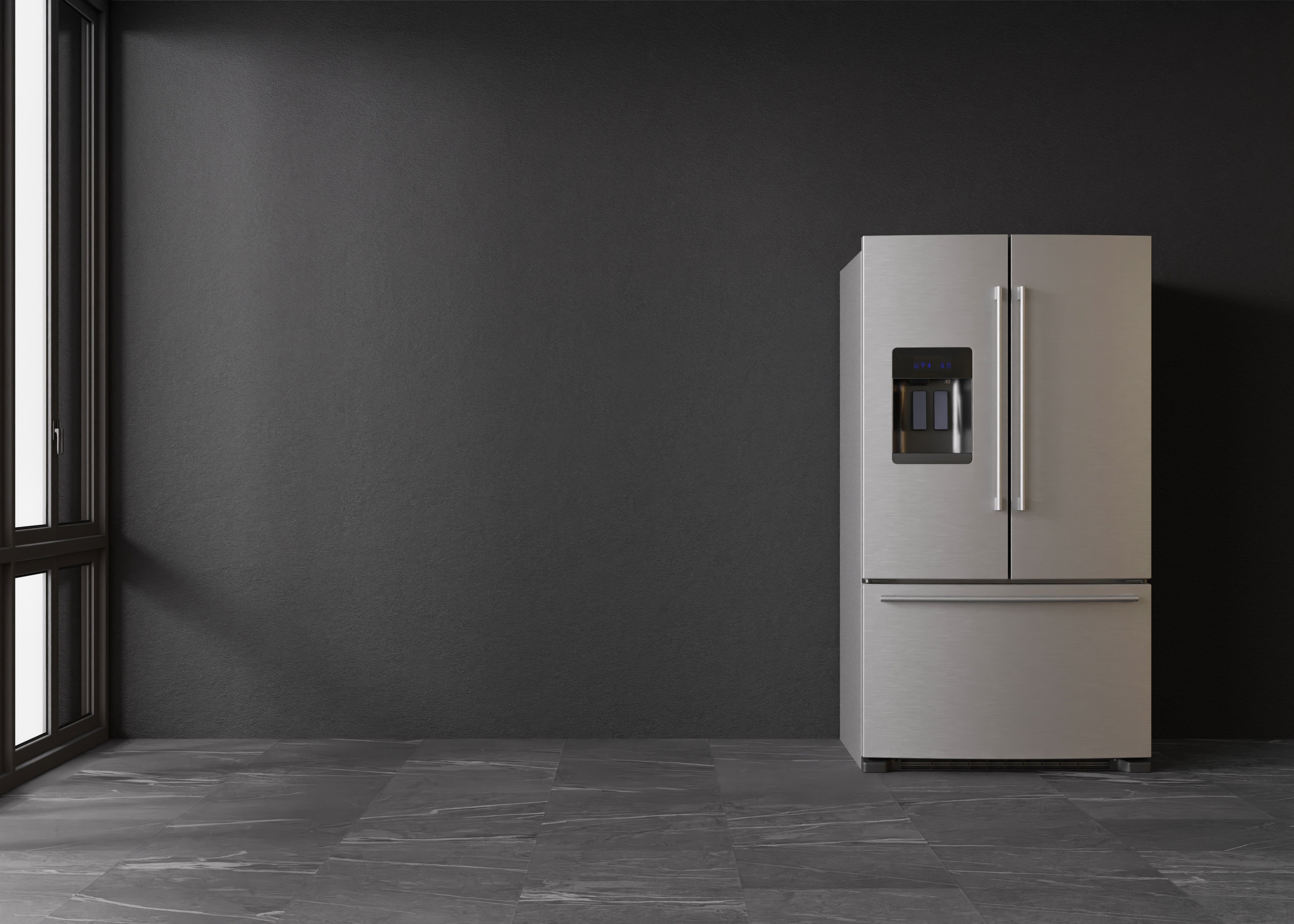Understanding Fridges and Freezers: The Essential Kitchen Appliances
Refrigerators and freezers are 2 of the most essential devices in modern kitchen areas. These devices serve a crucial function in food conservation and waste reduction by guaranteeing that disposable products stay fresh and safe for usage. This short article delves into the numerous types of fridges and freezers, their performances, and important considerations for choice and upkeep.
Kinds of Refrigerators
The marketplace provides a range of refrigerator types, each developed to meet different consumer needs. Below is a list of the most common kinds of fridges:
Top-Freezer Refrigerators
- Most common type.
- Freezer compartment is situated above the refrigerator area.
- Normally more cost effective and energy-efficient.
Bottom-Freezer Refrigerators
- Freezer is situated at the bottom.
- Permits much easier access to fresh items at eye level.
- Frequently features pull-out drawers for much better company.
Side-by-Side Refrigerators
- Refrigerator and freezer sections are adjacent.
- Ideal for narrow kitchens and permits easy access to both compartments.
- Typically includes water and ice dispensers.
French Door Refrigerators
- Integrates a bottom freezer with double doors at the top.
- Deals adequate storage and trendy styles.
- Typically includes features like temperature-controlled drawers.
Compact Refrigerators
- Smaller sized size ideal for restricted areas.
- Frequently used in dorm spaces, little homes, or as secondary fridges.
Table 1: Comparison of Refrigerator Types
| Type | Benefits | Drawbacks | Normal Size |
|---|---|---|---|
| Top-Freezer | Cost effective, energy-efficient | Less convenient access to the freezer | 14-30 cu. ft. |
| Bottom-Freezer | Simpler access to fresh food | Freezer can be harder to organize | 19-30 cu. ft. |
| Side-by-Side | Easy gain access to, water/ice dispenser | Narrow vs. storage area | 22-30 cu. ft. |
| French Door | Stylish, roomy, organized | More pricey | 20-30+ cu. ft. |
| Compact | Space-saving, portable | Limited storage | 1.7-5.5 cu. ft. |
Types of Freezers
Freezers are an equally crucial device for food preservation. They can be found in various designs created to fit different household requirements. Think about the following types:
Upright Freezers
- Run like a basic refrigerator with vertical storage.
- Much easier to arrange with racks and compartments.
Chest Freezers
- Big, horizontal design typically using more storage area.
- Maintains temperature levels much better throughout power outages.
- More energy-efficient than upright models.
Portable Freezers
- Compact systems perfect for outdoor activities or small spaces.
- Typically utilized for camping trips or as short-term storage.
Table 2: Comparison of Freezer Types
| Type | Benefits | Downsides | Typical Size |
|---|---|---|---|
| Upright Freezer | Easier to arrange | Less energy-efficient, more flooring area | 5-20 cu. ft. |
| Chest Freezer | Holds more items, energy-efficient | Harder to arrange | 5-25 cu. ft. |
| Portable Freezer | Compact and versatile | Limited storage capability | 1-10 cu. ft. |
Key Features to Consider
When selecting a fridge or freezer, consumers need to keep in mind several functions that can boost performance:
- Energy Efficiency: Look for designs with the ENERGY STAR accreditation to save on electrical energy expenses.
- Storage Capacity: Evaluate storage needs based on household size and consuming practices.
- Temperature Control: Some home appliances offer digital controls for precise temperature level settings.
- Adjustable Shelving: Customizable shelving enables optimal company.
- Water and Ice Dispenser: Offers benefit however can use up valuable area inside.
- Noise Level: Sound ratings can influence convenience, especially in open-concept homes.
Pros and Cons of Having a Fridge and Freezer
While fridges and freezers are indispensable innovations, they likewise have specific advantages and drawbacks:
| Pros | Cons |
|---|---|
| Maintain food lifespan and minimize waste | Require routine upkeep |
| Enable bulk purchasing and meal prepping | Can be costly to purchase and run |
| Deal benefit and quick access to food | Inhabit considerable cooking area space |
Upkeep Tips
To guarantee durability and optimum efficiency of fridges and freezers, think about the following maintenance suggestions:
- Regular Cleaning: Clean the interior and exterior occasionally to prevent buildup of dirt and germs.
- Examine Seals: Inspect door seals regularly for leakages to maintain effectiveness.
- Temperature level Settings: Keep the fridge at 34-38 ° F and the freezer at 0 ° F for optimal food preservation.
- Defrost as Needed: Chest freezers need to be thawed routinely to preserve performance.
- Clear Air Vents: Ensure that airflow isn't blocked to enhance energy performance.
FAQs About Fridges and Freezers
Q1: How long can food be saved in a freezer?A: Most foods can be kept in a freezer for a number of months. Online Fridges and poultry typically last 4-12 months, while vegetables can last approximately 8-12 months.
Q2: How frequently ought to I clean my fridge and freezer?A: It is advisable to clean your fridge and freezer every 3 to 6 months, or as required when spills occur. Q3: Can I put hot food directly in the fridge?A: It is recommended to cool hot food to space temperature before positioning it in the fridge to prevent
raising the temperature level inside the device. click the next post : Why is my fridge running constantly?A: This could be due to a malfunctioning thermostat, stopped up coils, or door seals that aren't working correctly. Fridges and freezers are vital
properties to modern-day families, supplying necessary services for food storage and preservation.
Understanding the different types, features, and upkeep requirements can assist consumers pick the best devices for their requirements and maximize their performance. Welcoming energy-efficient designs not only supports sustainable practices but likewise adds to substantial savings on utility costs, making informed choices more vital than ever.

